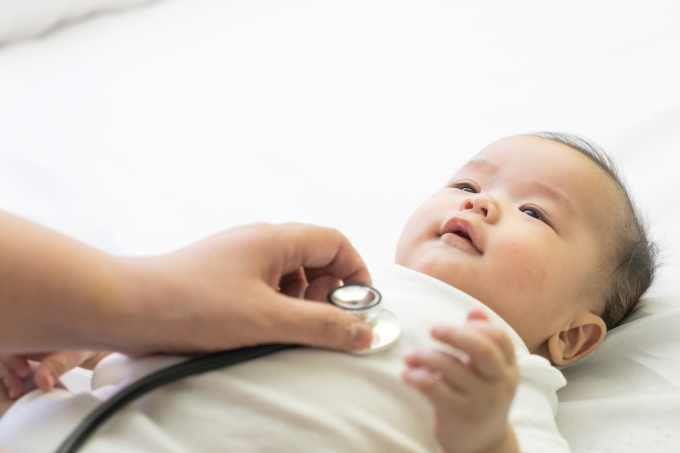Vascular Ring/Sling
Overview
The development of the heart and the blood vessels of the lungs is a very complex process that occurs early, mostly within the first eight weeks of pregnancy. Complex rearrangements of the primitive blood vessels are made, resulting in disappearance of some parts of the blood circulation as the embryo matures. A vascular ring is a congenital defect in which there’s an abnormal formation of the main artery that delivers blood from the heart to the body (aorta) and of its associated blood vessels. These blood vessels can encircle and compress the breathing tube (trachea), which connects the nose to the lungs, or the feeding tube (esophagus), which connects the mouth to the stomach. Either of these problems can lead to breathing and feeding difficulties.
One part of the ring can involve the closed ductus arteriosus (ligamentum arteriosus), which doesn’t carry blood but can constrain other structures in combination with the aortic abnormalities.
The most common type of vascular ring defect is called the double aortic arch. If a child has excessive problems with breathing or feeding, the defect can be treated with surgery, in which the circle of vessels around the trachea or esophagus is separated apart. Another common variant can occur if there is a right-sided aortic arch (most are left-sided) with an aberrant course of the left arm artery (subclavian artery). A vascular sling may occur if there’s an unusual course of the left lung artery, which sweeps behind the trachea rather than in front.
Symptoms
If part of the airway is compressed by these abnormal vascular connections, a baby may have difficulty breathing or may make a lot of noise while breathing. This compression may lead to underdevelopment of some of the airway, making them floppy. If the tube connecting the mouth to the stomach (esophagus) is compressed, this may cause difficulty in swallowing, particularly solid foods. Patients with vascular rings/slings don’t typically have symptoms of congestive heart failure, however, and in many patients, there may be no symptoms at all.
Progression and complications
Vascular rings/slings don’t progress, but their effects on other nearby structures may worsen, causing increasing difficulty in breathing or swallowing.
Treatment
- Medications – Medications aren’t typically helpful in treating vascular rings/slings.
- Surgery – Corrective treatment, when necessary, involves surgery where the blood vessels are reimplanted into a more normal position and the ligamentum arteriosus is divided.

Children's Heart Health
Information for parents of children with pediatric heart conditions. Read more about conditions, tests, and treatments for congenital heart disease.